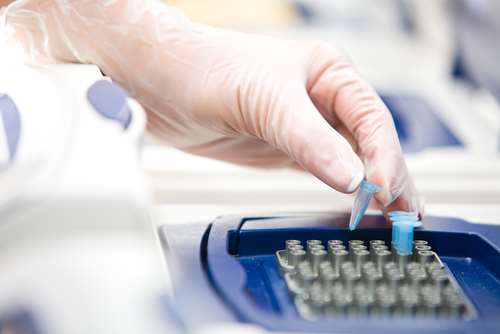The Government has kicked off six months of consultations that will shape the investments it makes in research infrastructure over the next decade.
In particular, the Government is keen to ensure that there is technological infrastructure put in place to ensure Australian researchers can exploit data-driven opportunities in their focus areas.
To begin, the Government is consulting only on whether it is focusing on the “right” areas of research – those that exhibit the strongest potential “for future development”.
“This stage is not about funding or governance, or the identification of facilities, projects or specific items of infrastructure, or where they should be located, or which organisations might operate or contribute,” it said in an issues paper.
“This … is the first step in establishing a shared view of the capabilities that require national research infrastructure to support current, new and emerging areas of research.”
However, the paper does seek commentary on how the Government may be able to finance the significant infrastructure required into the next decade.
To begin, the Government is backing Australia’s research strengths mostly in the sciences, such as medical, environmental and advanced physics/chemistry. It also sees humanities and national security as research priorities.
In almost all cases, the Government believes there will be a need to expand the infrastructure available to domain researchers to help them tackle computationally-intensive problems – and big data is a common theme.
In medical science, for example, the Government believes efforts to link “vast” data holdings – creating “a national networked approach to existing research and administrative data” – could benefit all areas of medicine from policy to practice.
In environmental science, it sees the combination of public and private data sets as key to maximising “the sustainable management of our continent’s [land mass].”
Even the humanities are becoming increasingly data-driven; “Digital humanities research and its related infrastructure is at the forefront of capturing born-digital cultural data,” the Government said.
Though it is not prescriptive, the Government does pose questions on whether Australia has enough high-performance computing (HPC) power and network bandwidth to effectively tackle these kinds of research problems.
“If we want world-class research, we need to make sure Australian researchers have access to leading-edge equipment and services,” Australia’s chief scientist Dr Alan Finkel said.
“We need Australia’s research community, industry groups and other interested parties to provide feedback by having their say on these research infrastructure priorities.”
Submissions are being accepted until 9 September 2016. National consultation sessions will take place from 26 July to 5 September.
A fully-finalised ten year roadmap is expected to be handed down by the end of the year.









